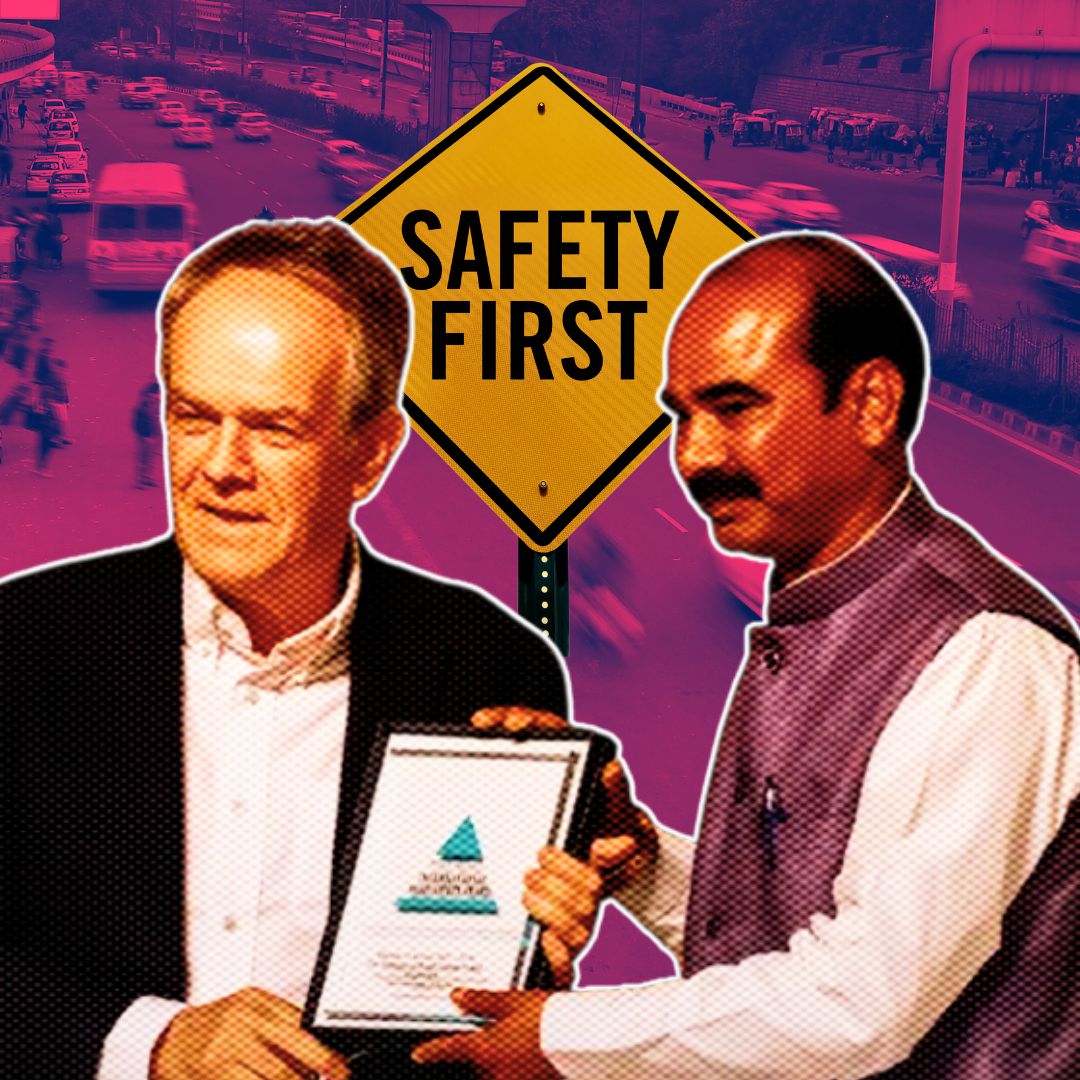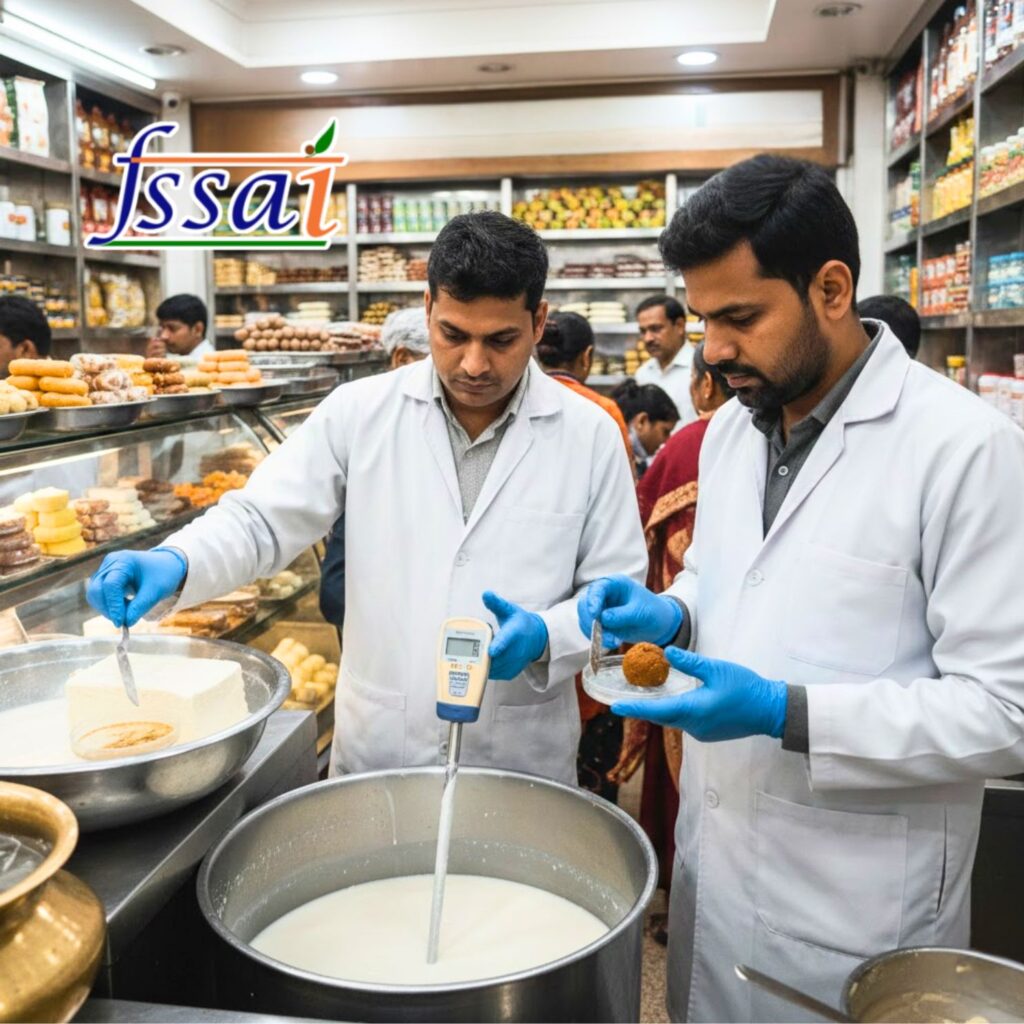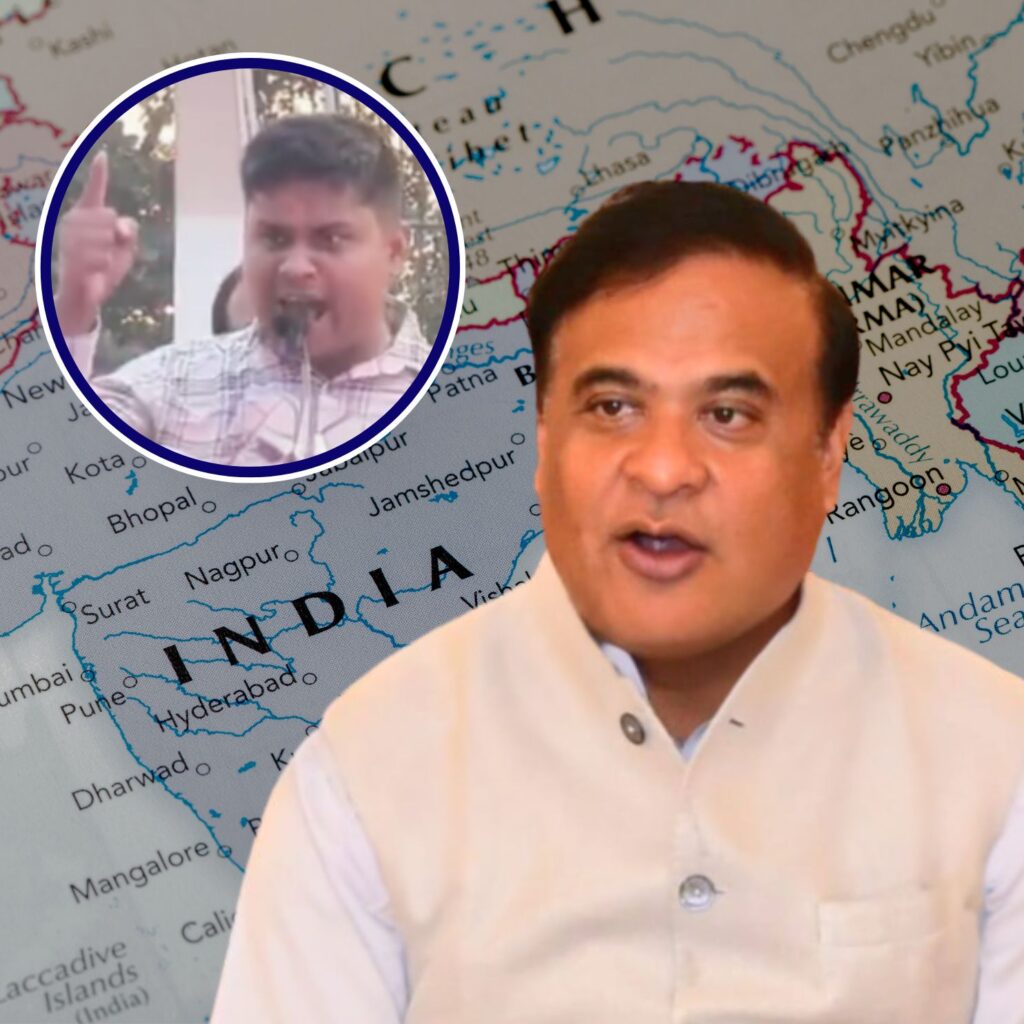The Indian government has been awarded the prestigious Prince Michael Decade of Action Road Safety Award for its significant improvements in vehicle safety over the past decade. This achievement was recognized at the 4th Ministerial Conference on Road Safety in Marrakech, where leaders from around the world gathered to strategize reducing global road fatalities by 50% by 2030.
The award acknowledges India’s efforts in introducing a new car safety assessment regime and mandating anti-lock braking systems (ABS) in all new two-wheelers. Morocco also received this honor.
Achievements and Challenges
India’s recognition stems from its comprehensive overhaul of vehicle safety standards, initiated after independent crash tests revealed weaknesses in Indian vehicles back in 2014. These tests, conducted by organizations like Global NCAP (New Car Assessment Programme), exposed critical gaps in safety features compared to international standards. In response, India implemented a series of reforms aimed at enhancing vehicle safety:
- Mandatory ABS: All new two-wheelers are now required to have ABS to improve braking stability and reduce skidding risks.
- Enhanced Crash Tests: Vehicles must pass more stringent crash tests before being certified for sale.
- Safety Standards Alignment: Efforts have been made to align India’s vehicle safety norms with European standards.
Despite these advancements, challenges persist: In 2023 alone, road accidents claimed over 173,000 lives across India. Ajay Tamta, Minister of State for Road Transport and Highways, emphasized these achievements while accepting the award from Etienne Krug of WHO.
Background Context
The journey towards improved road safety began with independent crash tests conducted on Indian cars in 2014. These tests prompted a major policy shift towards aligning India’s vehicle safety norms with European standards by 2023. While substantial progress has been made since then—especially through regulatory changes like mandatory ABS—the high number of fatalities involving pedestrians and two-wheeler riders remains a pressing concern.
The Marrakech conference underscored global efforts to enhance road safety through collaborative strategies aimed at halving fatalities worldwide by 2030. Leaders discussed strategies such as improving infrastructure design for safer roads and promoting public awareness campaigns about safe driving practices.
Global Implications
This international recognition not only highlights India’s progress but also underscores its role as part of broader global initiatives aimed at improving road conditions worldwide. As countries collaborate to meet ambitious targets like reducing road deaths by half within this decade, it becomes increasingly important to share best practices across borders:
- Knowledge Sharing: Countries can learn from each other’s successes and challenges.
- Technological Advancements: Collaboration can accelerate innovations such as autonomous vehicles or smart traffic management systems that enhance road safety.
This collective approach ensures that no nation is left behind in striving for safer roads globally.
The Logical Indian’s Perspective
This recognition highlights both India’s progress and persistent challenges regarding road safety. While it is commendable that India has taken steps towards enhancing vehicle standards, there is an urgent need to address broader issues affecting vulnerable road users like pedestrians and cyclists.
As we celebrate this achievement, we must also reflect on how our communities can work together to create safer roads for everyone involved—drivers or not:
- Community Engagement: Encourage local initiatives that promote safe driving habits through workshops or awareness campaigns.
- Infrastructure Improvements: Advocate for better-designed roads with dedicated lanes for cyclists or pedestrians.
- Technology Integration: Support innovations that make our transportation systems smarter and more responsive.
How do you think local communities can contribute effectively to reducing road accidents beyond just regulatory measures?











